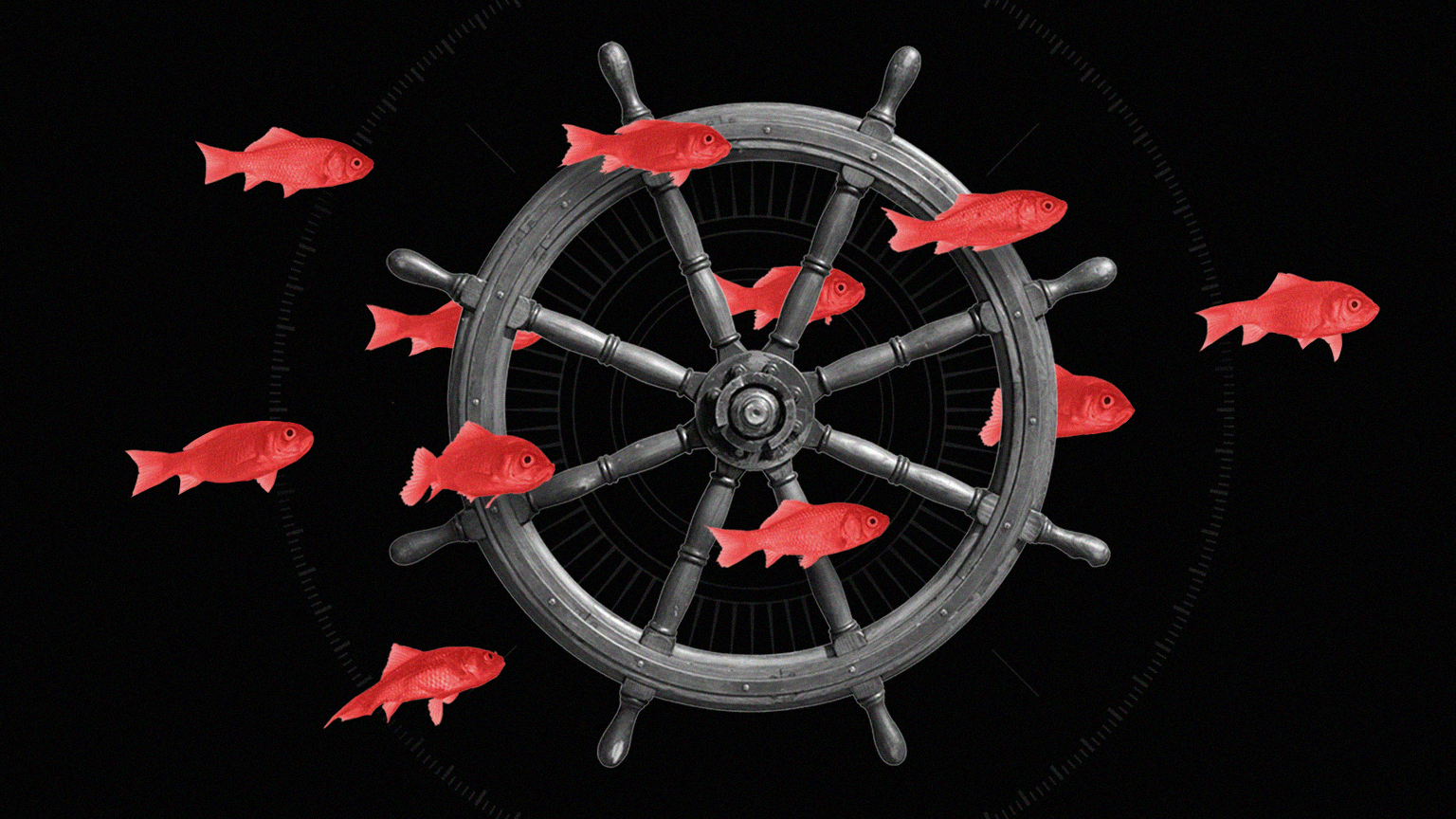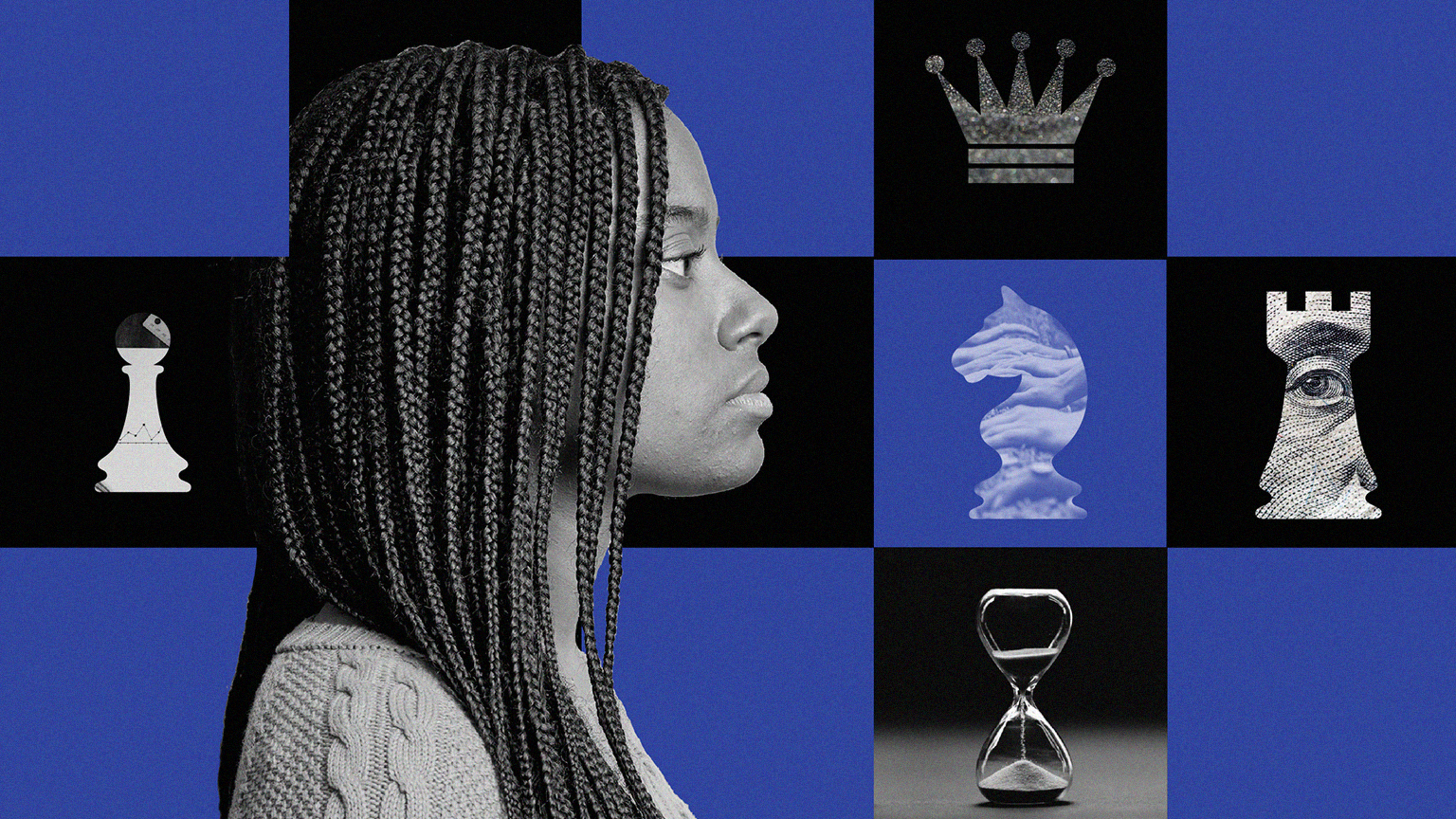5-year plan? How about a 500-year plan?

Sal Khan, founder of Khan Academy, is a programmer. When he got the idea to begin posting free online classes, he was able to get the basic infrastructure in place all by himself. In his Big Think+ video “Dream Big: Evolve your Organization Toward a Brighter Future,” Khan says that “sheer enthusiasm and passion” allowed him to quickly create “just a ton of content” that made his site useful right away. He initially saw it as “being a one-off collection of videos or a one-off software app.”
Yet, as people became aware of and began to “attend” his classes, science-fiction fan Khan started to think about his Academy in the greater, more far-reaching context he was used to inhabiting in his reading. Shifting his perspective beyond the immediate was exhilarating, and he found himself thinking, “If we’re really allowed to dream, what could this be?”
Khan’s dream
“Maybe,” Khan thought, “this could be the next Stanford, the next Harvard, this new type of institution that people haven’t visualized quite yet.” He started wondering if it could be a means of empowering “millions or billions of students for the next 500 years.”
This perspective shift changed everything, since, as Khan says, “As soon as you start thinking on those scales you go after a bigger problem and you phrase things differently.” Also, “frankly, you inspire more people.”
Reaching Into the Future
Moving forward from his epiphany, Khan found himself “able to attract some of the very best talent around the planet for this mission.” It was because he was able to demonstrate the feasibility of his initial, simpler idea, and follow that up with a “big, bold vision” in which people could believe.
He’s also found that allowing talented people to own their work, says Khan, is key to keeping things running well and growing: “Okay, this is your direction; this is how you’re going to be measured, but you own it.”
The organizational structure of Khan Academy is “something we’re constantly iterating and experimenting on.” Not that every idea works. “But to have an organization that says, okay, that was a good try, let’s try another permutation — that’s kind of the aspiration that I have for our organization.” Khan considers this a mission-critical capability, saying, “Because if we’re able to do that, then I have more conviction that we’re going to be able to be a multi-generational organization.”
The Challenge Ahead
Khan sees the world as being at a pivotal moment, and “when you’re at these inflection points there’s new opportunities and there’s new problems. But it’s often the case that you can take advantage of the new opportunities, the technological opportunities, to solve the new problems.”
He sees tomorrow’s organizations as inevitably embracing a longer-term perspective as opposed to serving as short-term platforms for the ideas of their founders. A better idea, he asserts, is to “architect an organization, a set of processes, so good ideas naturally get surfaced, get prioritized, and they get executed on.”
The first step, as Khan has found, is keeping your eye squarely on the tomorrows ahead.




